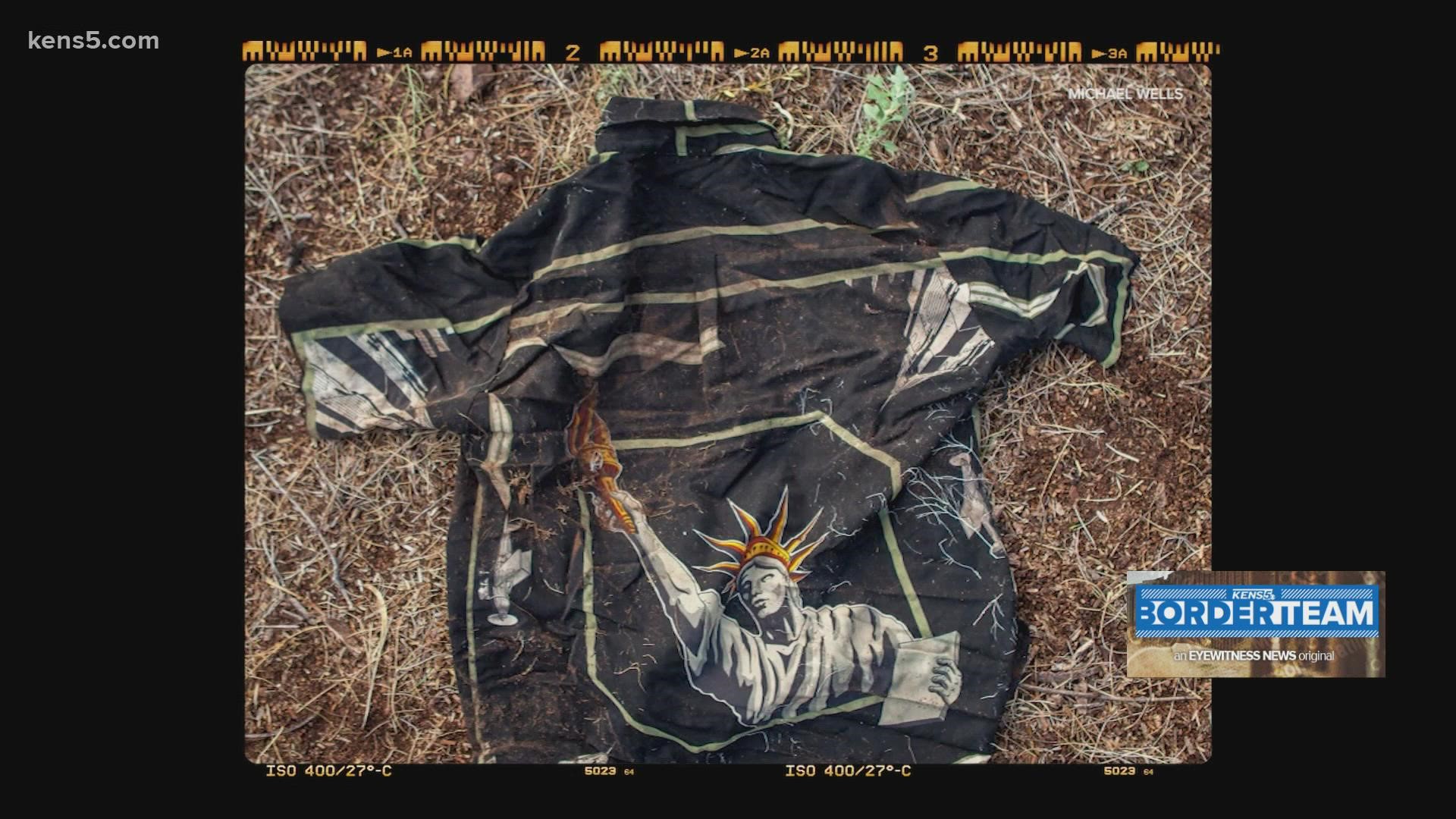HOUSTON — Items left by migrants on their journey crossing into the U.S. are often referred to as “trash.” One man has been collecting it for 13 years, and his findings have come to be displayed at Smithsonian museums as a result of his efforts, along with other exhibitions across the country. That man is Jason De Leon.
“You could make the argument that all trash eventually becomes an artifact,” De Leon said.
He’s a trained archaeologist, an anthropology professor who studies migration.
“I think about the world and I think in a radically different way than most normal people,” De Leon said, “because of my training and because of my background in things like archaeology.”
“I don't like to call the things that migrants leave behind in the desert garbage,” he said.
De Leon teaches anthropology as a professor Chicana/Chicano and Central American Studies at the University of California, Los Angeles. He’s also the executive director of The Undocumented Migration Project.
“When we decide to use ‘artifact’ versus something like ‘trash,’ we have an agenda,” De Leon said. “Whether that's me as an archaeologist, who has an agenda to basically have the stuff recognized as being of historical importance, or someone who really wants to undermine that idea and dismiss it by calling it garbage.”
More than a decade ago, De Leon started collecting items migrants left behind on their journey into the U.S. through Mexico and Arizona’s Sonora Desert.
“It was just a really overwhelming thing, to see all of these objects that desperate people had left behind,” De Leon said. “When someone says, ‘Oh, you know, that water bottle in the desert is garbage,’ my response would be that water bottle could have been the thing that saved someone's life. Or it could have been the last thing that a dead person was holding, because they ran out of water.”
“It does provide material proof that millions of people have gone through this desert because of a Border Patrol policy called prevention through deterrence,” he added. “Thousands of people have died and disappeared in this desert.”
Keeping these items, and displaying them, has to be a part of the conversation, De Leon said—a conversation that can help us understand the present and accurately preserve it for the future.
“These objects are the kind of permanent evidence that these things were happening,” De Leon said. “And that, I hope, would prevent the migrant experience from being whitewashed in 50 years. We've whitewashed Ellis Island to make it this cheery, noble place that people came through and were welcomed with open arms. That was not the case. I don't want in 50 or 100 years to be able to look back and say, ‘Well, you know, my ancestors came across the Sonoran Desert and it was totally fine. It wasn't that bad.’ You know, the archaeology tells a radically different story.
De Leon told KENS 5 the National Museum of American History at the Smithsonian has objects he’s collected on permanent display. The new Latino Museum that’s opening there will also showcase items collected along the border, several states and hundreds of miles away.
Treating what migrants leave behind in the desert as artifacts is not a radical idea, De Leon said.
“During the course of this pandemic, the Smithsonian and other museums and people have started to collect the things that have been left behind by COVID,” he said. “There are people out there collecting masks and bottles of hand sanitizer, you know, basically garbage.
“But these are remnants of this historical moment. And there are folks who were saying, ‘We need to collect these artifacts now, because these things are going to get thrown away. And they're very important to understanding sort of what is happening right now.’”

